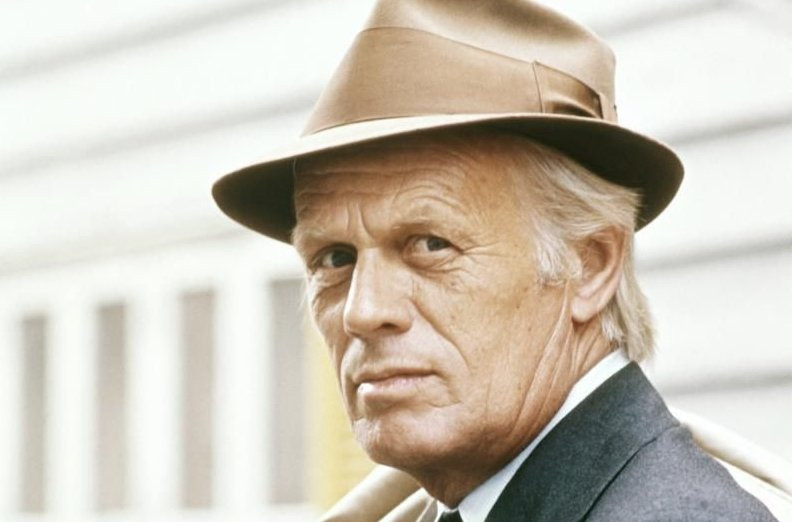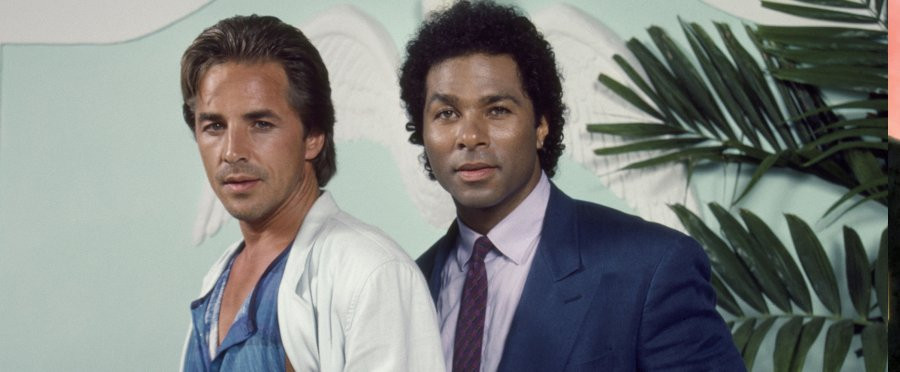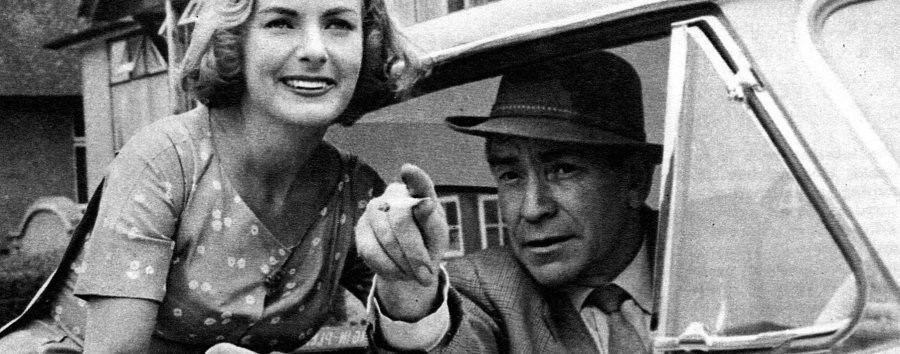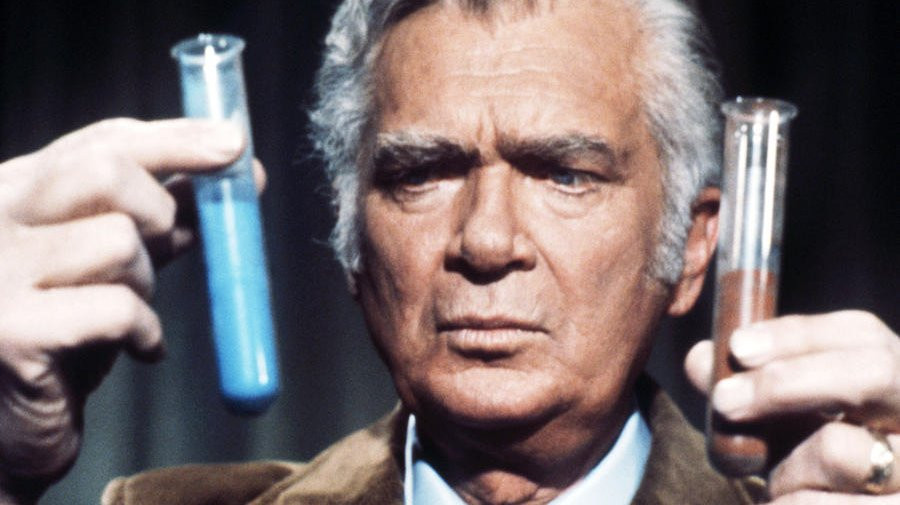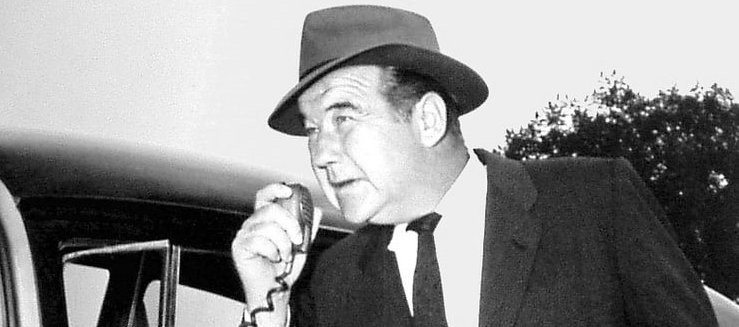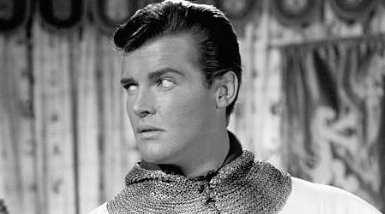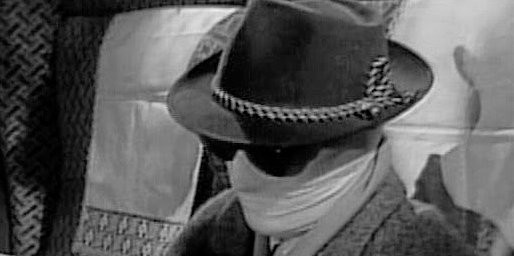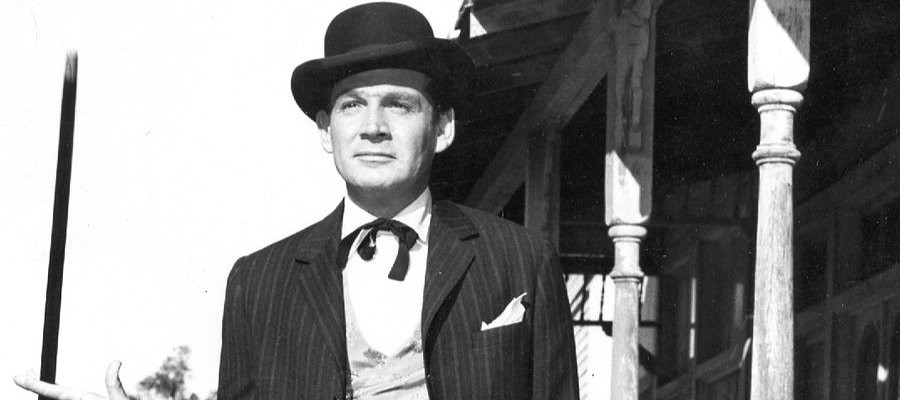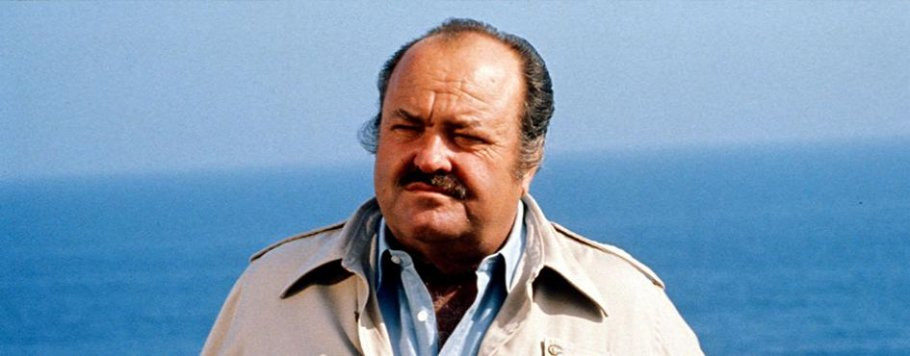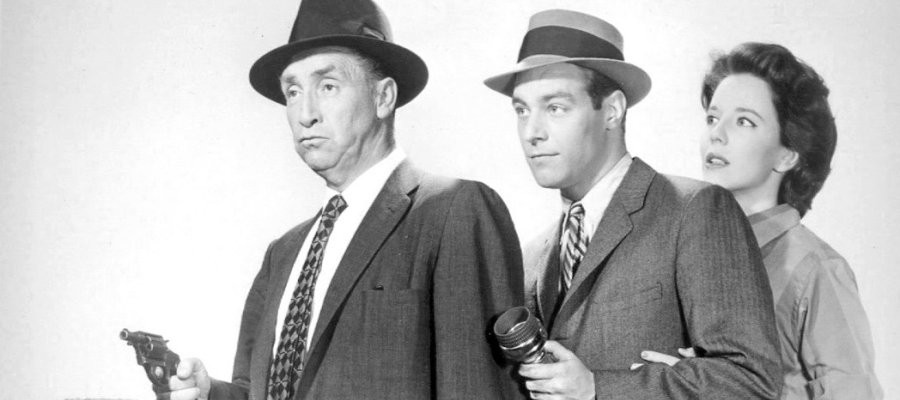
The Naked City
1958 - United StatesBased on Jules Dassin's 1948 police procedural film of the same name and shot on location in New York the television version of The Naked City (initially comprising of 30 minute episodes), premiered on US screens for the ABC network on September 30 1958, and immediately broke new ground in the presentation of police series, echoes of which are still present within the cop show genre even today.
Both the title and gritty, semi-documentary style of Dassin's film and the series that followed had been directly inspired by Naked City, the 1945 book of photographs by newspaper photographer Weegee (Arthur Fellig). Also in direct correlation with the original movie, the series use of actual New York locations and its careful attention to character development evoked the subtle influence of the Italian neo-realist cinema exemplified by the works of Roberto Rossellini (Open City) and Vittorio De Sica (The Bicycle Thief).
Deliberately breaking with the tradition of the era for utilising the overly familiar locales of the Hollywood back-lots, the series pioneered the use of location shooting by opting to be filmed entirely within the instantly recognisable backdrop of the streets and buildings of New York City itself. Although an expensive and risky challenge, the location shooting was nevertheless deemed to be a crucial, pivotal aspect of the show's character. Reflecting the producer's belief that, in many ways, the city of New York itself was the true star of the series. The gamble paid off, and under the expert artistic eye of Director of Photography J. Burgi Contner, vivid -often stark and hauntingly beautiful images of the city, depicting its parks, waterfronts, alleys and fire escapes were captured on celluloid in a way that they had never been for any TV show before.
The series was developed for the small screen by writer Stirling Silliphant, (who would later go on to win an Academy Award for his film work) and it was he, along with producer Herbert B. Leonard (who later went on to produce yet another classic location-oriented series, the legendary Route 66) who wrote most of the first season's scripts. The heart of The Naked City's stories centred less on the crimes than the effects of those crimes on the ordinary people and police officer's involved in their investigation. Each episode was carefully crafted to be an insightful look into the lives of real human beings. This was reflected most memorably in the continued use of the now famous tagline, originally written for the feature film, "There are eight million stories in the Naked City... this has been one of them."
Nowhere was this reflection of the series basic humanity more in evidence than in the presentation of the regular characters themselves, of which senior detective Lt. Dan Muldoon (vastly experienced movie veteran, John McIntire), the eager young neophyte Det. Jim Halloran (James Franciscus), and crumpled, "seen-it-all-before", Officer Frank Arcaro (Harry Bellaver), habitually displayed their audience-involving humanity, readily displaying compassion tempered with toughness and the endearing quality of, (despite the often grim nature of their work), becoming emotionally involved in the cases they investigated.
McIntire opted to leave the series half way through the first season (Due apparently to the heavy demands of location filming in New York, which were too much for him, prompting his wish to return to his home in California). McIntire persuaded Silliphant and Leonard to write him out of the show in the most shockingly unexpected of fashions, when in the 25th episode "The Bumper", aired on March 17 1959, a hit man forced Muldoon's car into a collision with an oil truck and the detective was tragically burned to death. (McIntire went on to take over Ward Bond's role in the Western series Wagon Train). Killing off the series' main star in this way was an unprecedented and risky move for a series of that era, and indeed, caused considerable uproar at the time. But not only did the show survive McIntire's departure, it actually continued to prosper. Muldoon's successor was Lt. Mike Parker, (played by another screen veteran, Horace McMahon). If anything, McMahon with his instantly recognisable gravelly voice and imposing bulk brought an even greater air of reality to the series by conforming much more readily to the viewer’s expectation of a York detective.
Surprisingly perhaps, the 30-minute series was dropped at the end of the first season. A moved that actually worked in the show's favour, as both Silliphant and Leonard had wanted to expand the show into an hour-long format. Given the go-ahead to do so, almost a year later, on October 12 1960, the new version premiered on ABC. Chief amongst the changes to its format its title was abbreviated to simply Naked City, and new theme music was commissioned from composer Billy May. Changes to the regular cast of characters included James Franciscus' Det. Halloran being replaced by young detective Adam Flint (Paul Burke, along with Flint's aspiring-actress girlfriend, Libby (Nancy Malone). Only McMahon and Bellaver remained to reprise their roles.
In keeping with the previous series, emphasis was firmly placed on characterisation as well as the matter-of-fact, business-like depiction of the often-bizarre and tragically unexpected real human drama of New York City. Although as a police series, the stories often had a grim edge of violence and urban grittiness, the format was flexible enough to easily encompass humour, absurdity and even the odd touching fairy-tale-like moments of innocent romance.
Unsurprisingly, the newly retooled version was both a popular and critical success. The show also boasted one of the most impressive line-ups of young talent ever to be seen at that time, with such future luminaries as George C. Scott, Robert Redford, Robert Duvall, Dustin Hoffman, James Coburn, Jon Voight Peter Fonda, Peter Falk, Diahann Carroll and Sandy Dennis making memorable early appearances, as did such assured veteran's as Claude Rains, Burgess Meredith, and Hume Cronyn. Jack Priestley inherited the mantle of Director of Photography from Contner and continued to provide the show's distinctive visuals. The series ran for three seasons and a total of 99 episodes before mysteriously being cancelled while still high in the ratings.
Ground-breaking and stylish in its use of the vividness afforded by actual location filming, graced with excellent, insightful and humane writing and direction, along with consistently fine acting, The Naked City, apart from being one of US television's most impressive early artistic achievements, was in no small measure directly responsible for the shaping of the future of an entire genre.
The series was special then. It's still special now.
Published on January 9th, 2019. Written by SRH (2001) for Television Heaven.


